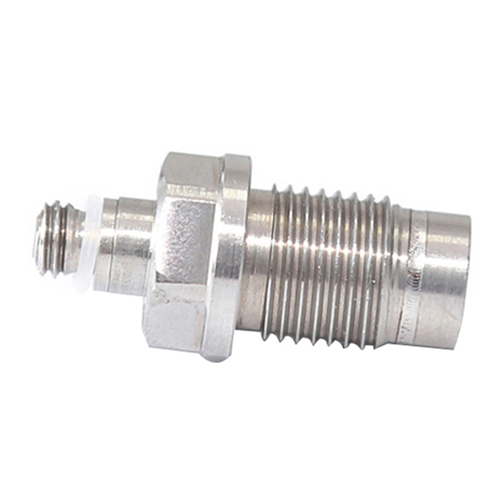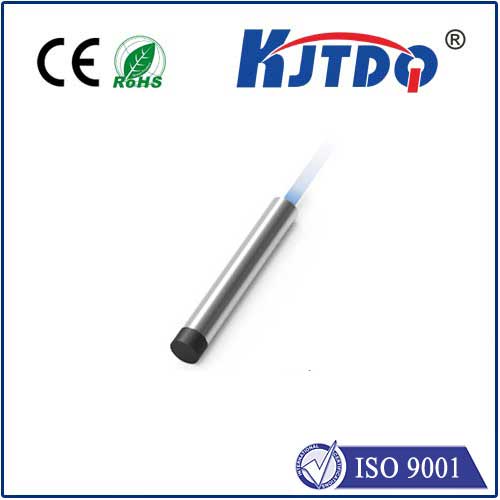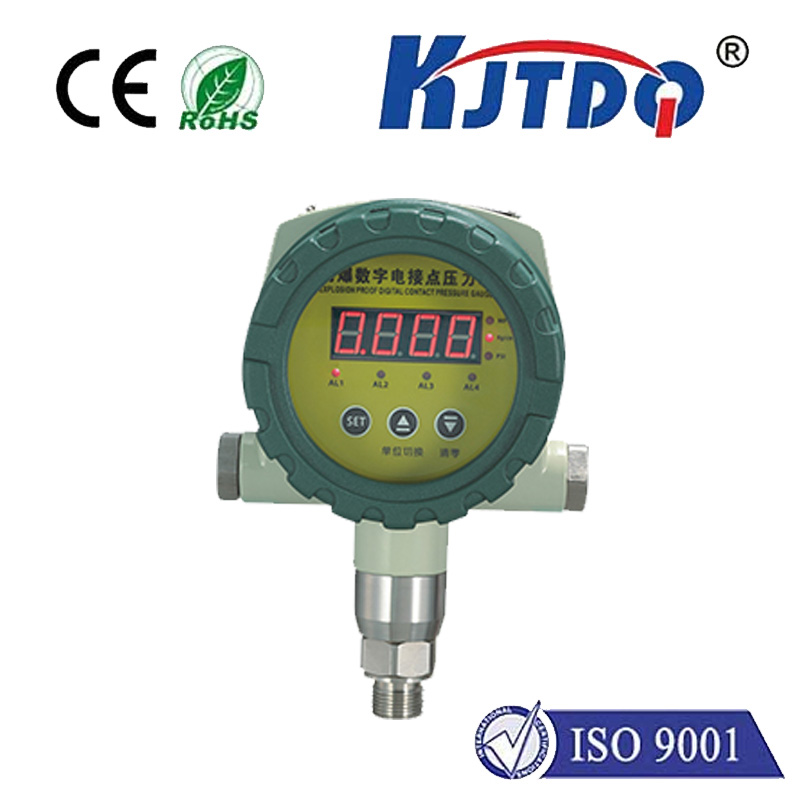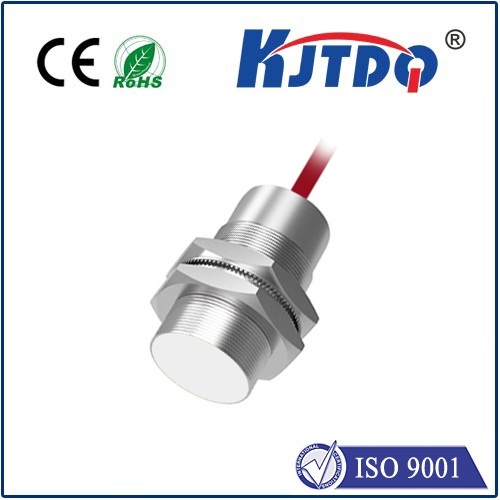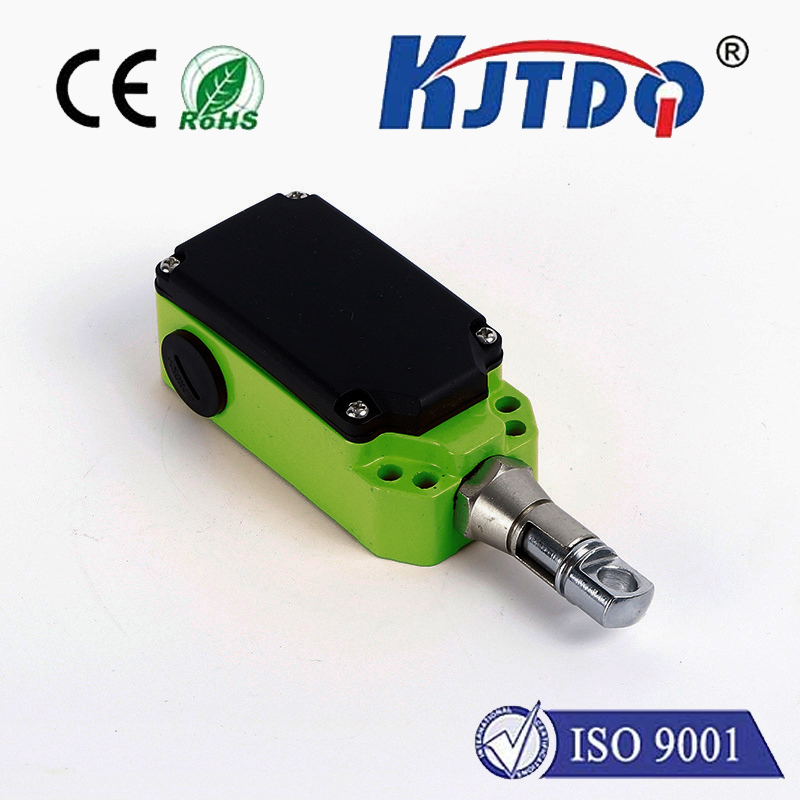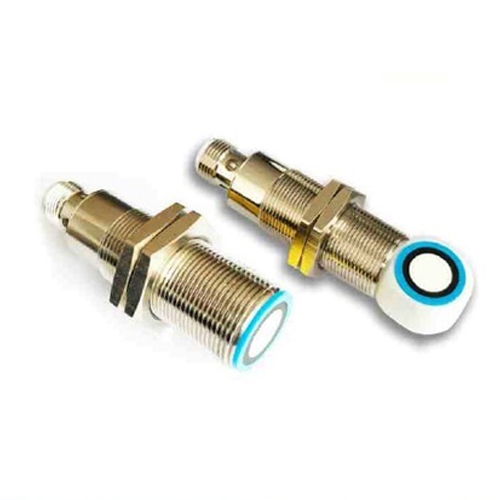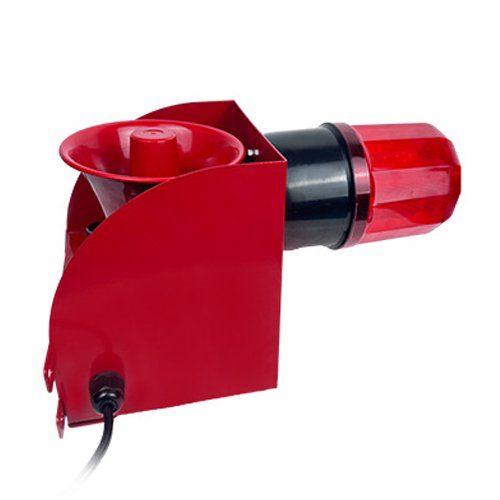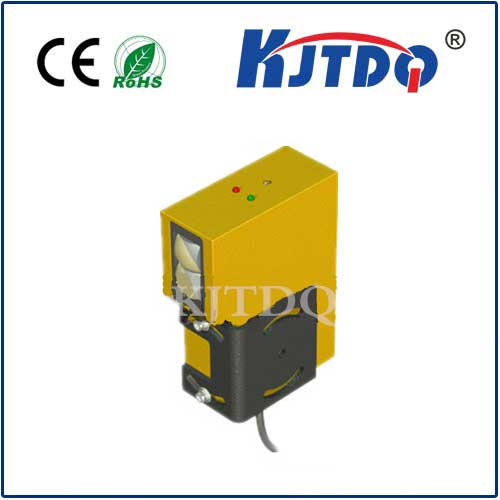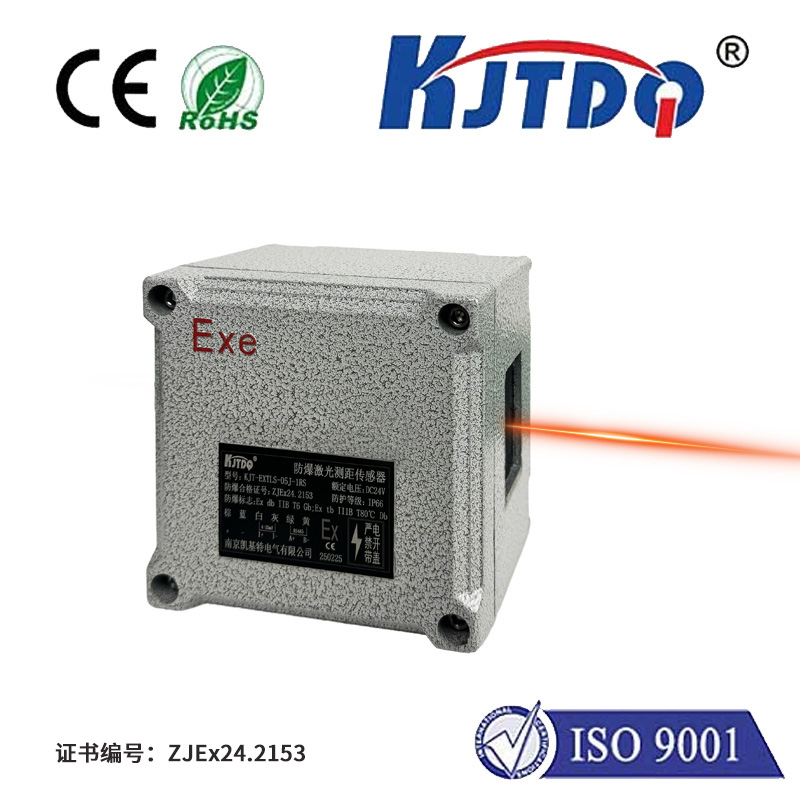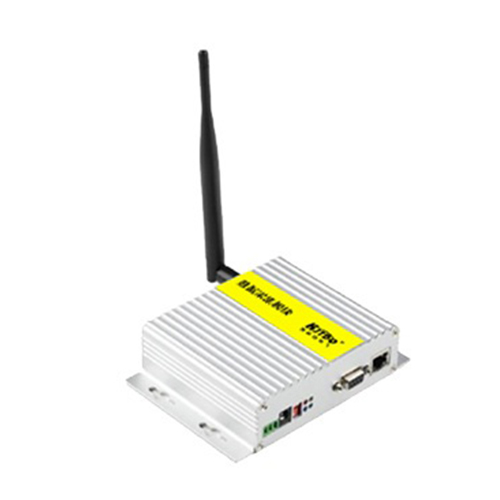sn04 n npn proximity sensor
- time:2025-06-28 01:52:27
- Click:0
SN04-N NPN Proximity Sensor: The Unseen Guardian of Industrial Automation
Imagine a scenario: A robotic arm needs to precisely pick a metal component from a conveyor belt moving at high speed. Missing the part or colliding with the machinery isn’t an option. How does the robot “know” exactly when and where the component is? Enter the unsung hero – the proximity sensor. Among these crucial devices, the SN04-N NPN proximity sensor stands out as a remarkably reliable and versatile solution for countless detection tasks in demanding industrial environments. This small, robust component is fundamental to the smooth, efficient, and safe operation of modern automation systems.
Understanding Proximity Sensing: Seeing Without Touching
Proximity sensors operate on the principle of detecting the presence or absence of an object without physical contact. The SN04-N belongs to the inductive proximity sensor category. These sensors generate an oscillating electromagnetic field using a coil. When a metallic target (typically ferrous metals like steel or iron, though non-ferrous metals can also be detected at reduced ranges) enters this field, it induces electrical “eddy currents” within the metal. This interaction causes a measurable change in the sensor’s oscillation amplitude or frequency. The sensor’s internal circuitry detects this change and triggers an output signal.
This non-contact nature is its superpower. It means no wear and tear from mechanical switches, no contamination concerns (like optical sensors facing dust or grime), and the ability to detect objects through non-metallic barriers, making it ideal for harsh factory floors, packaging lines, or machine tools.

Decoding the SN04-N NPN Specifications
The model name itself reveals critical information:
- SN04: This typically denotes the series and likely the sensing range. The “04” often indicates a nominal sensing distance of 4mm. This means the sensor is designed to reliably detect a standard target (usually an iron square of specific dimensions) when it comes within 4mm of the active face.
- N: This signifies the output configuration is NPN. In electronic switching, an NPN output acts like a “sinking” switch. When the sensor detects a target, its output transistor turns ON, effectively connecting the output terminal to the negative supply (0V). This sinks current to ground, completing the circuit for the connected load (like a PLC input, relay coil, or indicator lamp), signaling the target’s presence. NPN sensors are commonly used in systems where the load is connected between the positive supply and the sensor output.
- Proximity Sensor: Confirms its fundamental function.
Key Features of the SN04-N NPN Sensor
- Inductive Operation: Detects metal objects reliably, unaffected by oils, coolants, dust, or vibrations (within specs).
- 4mm Sensing Range: A practical range for many industrial positioning and counting applications.
- NPN Output (Normally Open or Normally Closed): Provides sinking output compatible with many PLCs and controllers. Available in NO (normally open - switch closes/conducts on detection) and NC (normally closed - switch opens/stops conducting on detection) variants.
- DC Powered: Typically operates on a range like 6-36V DC, offering flexibility in different control voltage systems.
- High Switching Frequency: Capable of detecting rapidly moving targets, essential for high-speed automation.
- Rugged Construction: Often housed in robust nickel-plated brass or stainless steel with ratings like IP67 (dust-tight and protected against temporary immersion), making it suitable for challenging environments.
- LED Status Indicator: Provides visual confirmation of power and output state (on/detected or off/not detected) for easy commissioning and troubleshooting.
- Compact Size (e.g., M18 Thread): The common M18x1 threaded cylindrical housing allows for easy mounting in standard fixtures.
Where the SN04-N NPN Sensor Excels: Real-World Applications
The reliability, robustness, and versatility of the SN04-N NPN proximity sensor make it indispensable across numerous sectors:
- Industrial Machinery: Position sensing for cylinders and slides (“end of stroke” detection), object counting on conveyors, verifying part presence in fixtures or tooling, monitoring rotational speed, and detecting broken tools. Its immunity to contaminants is vital here.
- Assembly & Packaging Lines: Detecting product presence at critical stations for robotic pick-and-place, triggering filling operations, verifying cap placement, and counting bottles or packages. The non-contact detection prevents damage to delicate items.
- Material Handling: Monitoring bin levels (metal containers), detecting pallets or trolleys at transfer points, and confirming the position of lifts or gates.
- Automotive Manufacturing: Used extensively on assembly lines for part verification, door/seam sealing robot positioning control, component presence in welding fixtures, and conveyor synchronization. Its robustness handles the demanding automotive production environment.
- Machine Tools: Tool breakage detection, verifying workpiece clamping, turret indexing position, and spindle positioning. Resistance to coolant and metal swarf is critical.
- Security: Detection of unauthorized access through metal gates or doors where discreet sensing is needed.
Installation and Operation Tips
Maximizing the performance of your SN04-N NPN proximity sensor involves a few simple considerations:
- Mounting: Ensure stable mounting with the correct bracket or nut for its thread (e.g., M18). Avoid excessive vibration.
- Sensing Face: Keep the active face clean and unobstructed. Non-metallic materials won’t trigger it, but thick buildup might slightly reduce range. Respect the specified mounting flush distance (distance between sensors or to metal backplane) to prevent mutual interference.
- Target: Use a target material and size appropriate for inductive sensors. Mild steel provides the best range. Smaller or non-ferrous targets require closer proximity. Ensure the target approaches the sensor face perpendicularly for optimal reliability.
- Wiring: Correct wiring is paramount for the NPN output.
- Connect the Brown wire to the positive DC supply voltage (+V).
- Connect the Blue wire to the negative DC supply voltage (0V/Common).
- Connect the Black wire (output) to the load (e.g., PLC input). The other side of the load connects to the positive DC supply (+V).
- Protection: Use correctly rated fuses and potentially transient suppressors, especially in environments with inductive loads like motors or solenoids nearby. Ensure electrical noise immunity is adequate for the environment.
- Environment: While rugged, operate within the specified temperature, humidity, and pressure ranges. Avoid strong magnetic fields or welding currents near the sensor.
Why Choose the SN04-N NPN?
The SN04-N NPN proximity sensor offers a compelling blend of features that justify its widespread adoption: Exceptional durability withstands industrial punishment; non-contact sensing guarantees longevity and reliability; the 4mm sensing distance suits numerous applications; the NPN sinking output integrates seamlessly with many control systems; and easy installation/maintenance minimizes downtime






